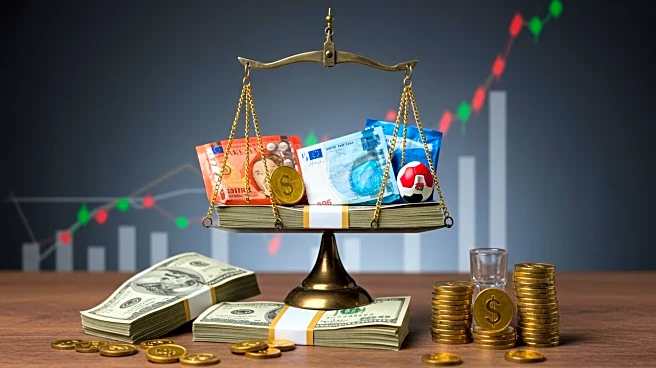What's Happening?
The consumer price index (CPI) report for July revealed that inflation held steady at 2.7% from a year earlier, despite President Trump's import tariffs affecting some consumer prices. Core inflation, which excludes food and energy, rose to 3.1%, the highest since February. The tariffs have led to mixed price changes for goods typically imported from China, with furniture and video products seeing sharp increases, while apparel and toys rose modestly. Economists suggest that the moderate tariff impact may not prevent the Federal Reserve from cutting interest rates next month.
Why It's Important?
The steady inflation rate amidst tariff impacts highlights the challenges faced by the U.S. economy. Tariffs are expected to raise inflation and hinder growth, posing a dilemma for the Federal Reserve as it considers interest rate adjustments. The impact of tariffs on consumer prices could lead to changes in consumer behavior and spending patterns, affecting the broader economy. The Federal Reserve's decision on interest rates will be influenced by these inflation trends, affecting borrowing costs and economic growth.
What's Next?
The Federal Reserve may consider cutting interest rates in September to address economic growth concerns. However, the decision will depend on upcoming economic data, including employment figures. Businesses may continue to adjust pricing strategies in response to tariff impacts, potentially leading to further price increases for consumers. The ongoing trade negotiations and tariff policies will play a crucial role in shaping the economic outlook.












